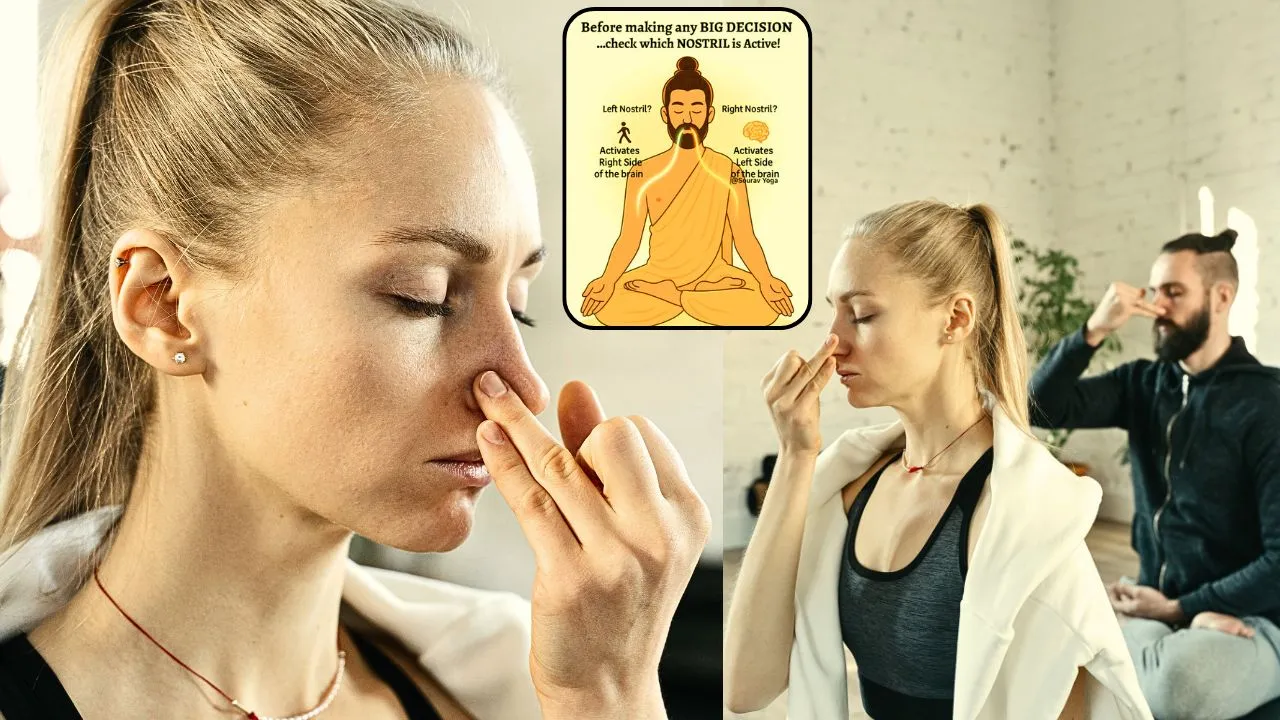What is Nadi Shodhana Pranayama?
Nadi Shodhana Pranayama, also known as Alternate Nostril Breathing, is a fundamental and highly revered yogic breathing technique. The name comes from the Sanskrit words "Nadi" meaning "channel" or "flow" of energy, and "Shodhana" meaning "purification" or "cleansing." Therefore, Nadi Shodhana literally translates to "channel purification breathing." It’s a practice designed to cleanse and balance the subtle energy channels, or nadis, in the body. According to yogic philosophy, a blockage in these energy channels can lead to physical and mental ailments. This pranayama helps to unblock these channels, ensuring a smooth and balanced flow of prana (life force energy) throughout the system.
How to Practice Nadi Shodhana Pranayama
Mastering Nadi Shodhana is simple, but requires focus and consistency. Follow these steps for a proper practice:
-
-
Find a Comfortable Seat: Sit in a comfortable meditative posture, such as Sukhasana (Easy Pose) or Padmasana (Lotus Pose). Ensure your spine is straight and your shoulders are relaxed.
-
Form the Hand Mudra: Use your right hand to form the Vishnu Mudra. Bend your index and middle fingers toward your palm. Your thumb, ring finger, and little finger should be extended.
-
The Breathing Cycle:
-
Place your thumb on the right nostril and gently close it.
-
Inhale slowly and deeply through the left nostril.
-
Close the left nostril with your ring finger and little finger. Release your thumb from the right nostril.
-
Exhale completely through the right nostril.
-
Inhale slowly through the right nostril.
-
Close the right nostril with your thumb. Release your ring and little fingers from the left nostril.
-
Exhale completely through the left nostril.
-
-
Repeat: This completes one full round. Continue for 5-10 rounds, or as long as comfortable. Maintain a slow, steady, and even pace for both inhalation and exhalation.
-
The Profound Benefits of Nadi Shodhana
Regular practice of Nadi Shodhana Pranayama offers a wide range of benefits for both the mind and body.
-
-
Stress and Anxiety Reduction: This technique calms the nervous system, helping to reduce feelings of stress, anxiety, and frustration. It promotes a state of deep relaxation and inner peace.
-
Improved Focus and Mental Clarity: By balancing the energy flow, Nadi Shodhana can help to clear the mind of scattered thoughts. This leads to improved concentration, enhanced cognitive function, and better decision making.
-
Balanced Energy Channels: The primary purpose of this pranayama is to cleanse the ida (lunar, feminine) and pingala (solar, masculine) nadis. When these two primary energy channels are balanced, the central channel, sushumna, can become active, leading to higher states of consciousness.
-
Enhanced Respiratory Function: Regular practice strengthens the lungs and improves the overall efficiency of the respiratory system. It can be particularly beneficial for those with minor respiratory issues.
-
Lowered Blood Pressure: The calming effect on the nervous system directly helps in lowering high blood pressure, making it a valuable practice for cardiovascular health.
-
Emotional Balance: Nadi Shodhana helps to harmonize the two hemispheres of the brain, leading to emotional stability and a more balanced outlook on life. It can be a powerful tool for managing mood swings.
-
Who Should Practice Nadi Shodhana?
Nadi Shodhana is a gentle and safe practice suitable for almost everyone, from beginners to advanced practitioners. It is highly recommended for:
-
-
Anyone seeking to reduce stress and anxiety.
-
Individuals struggling with poor concentration or mental fog.
-
Those looking to improve their overall respiratory health.
-
Yogis and non yogis alike who want to cultivate a deeper connection with their breath and subtle energy.
-
In conclusion, Nadi Shodhana Pranayama is more than just a breathing exercise; it's a powerful tool for holistic well being. Incorporating this simple yet profound practice into your daily routine can bring a sense of balance, calm, and clarity to your life. Start today and experience the transformative power of your own breath.
